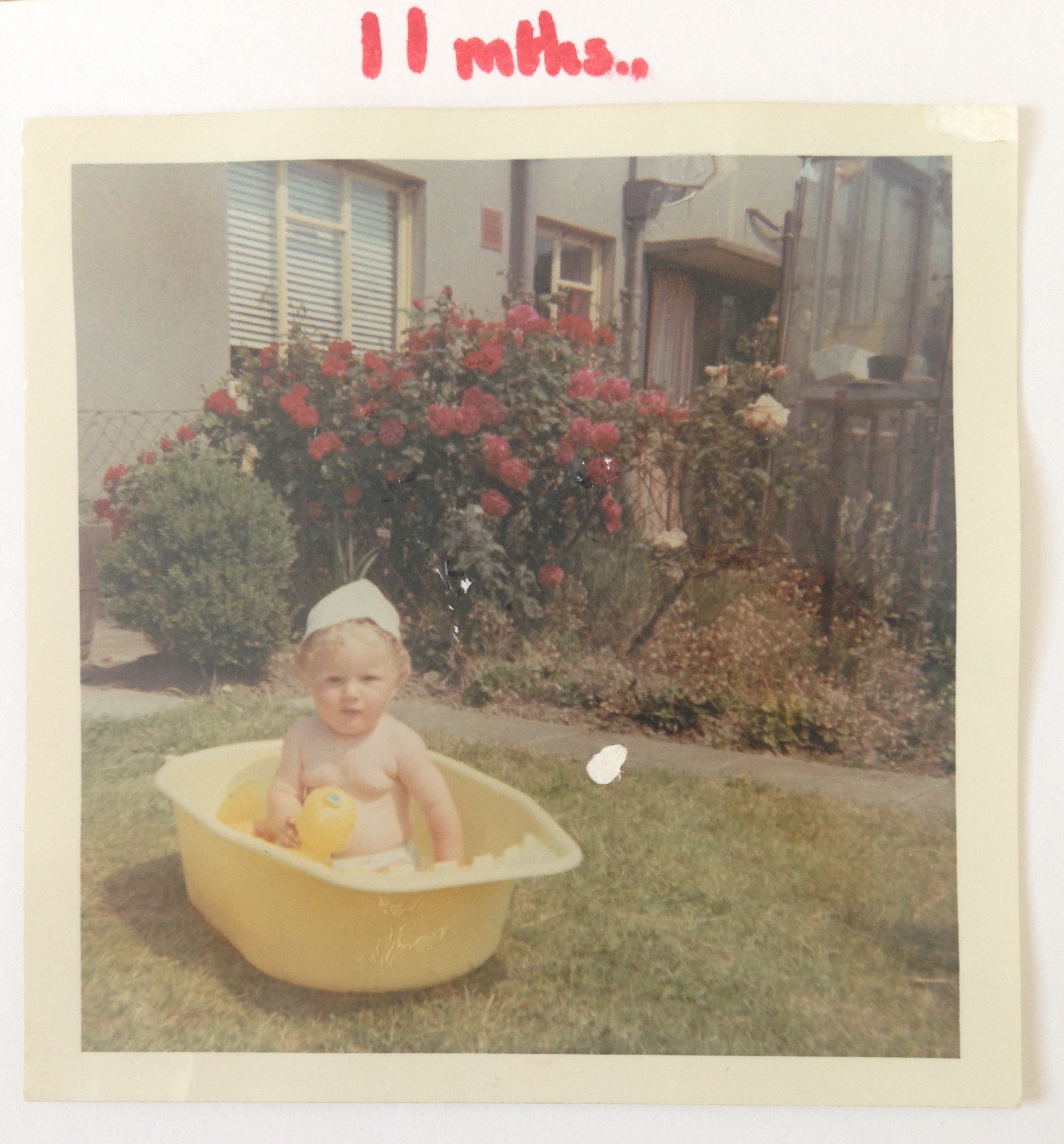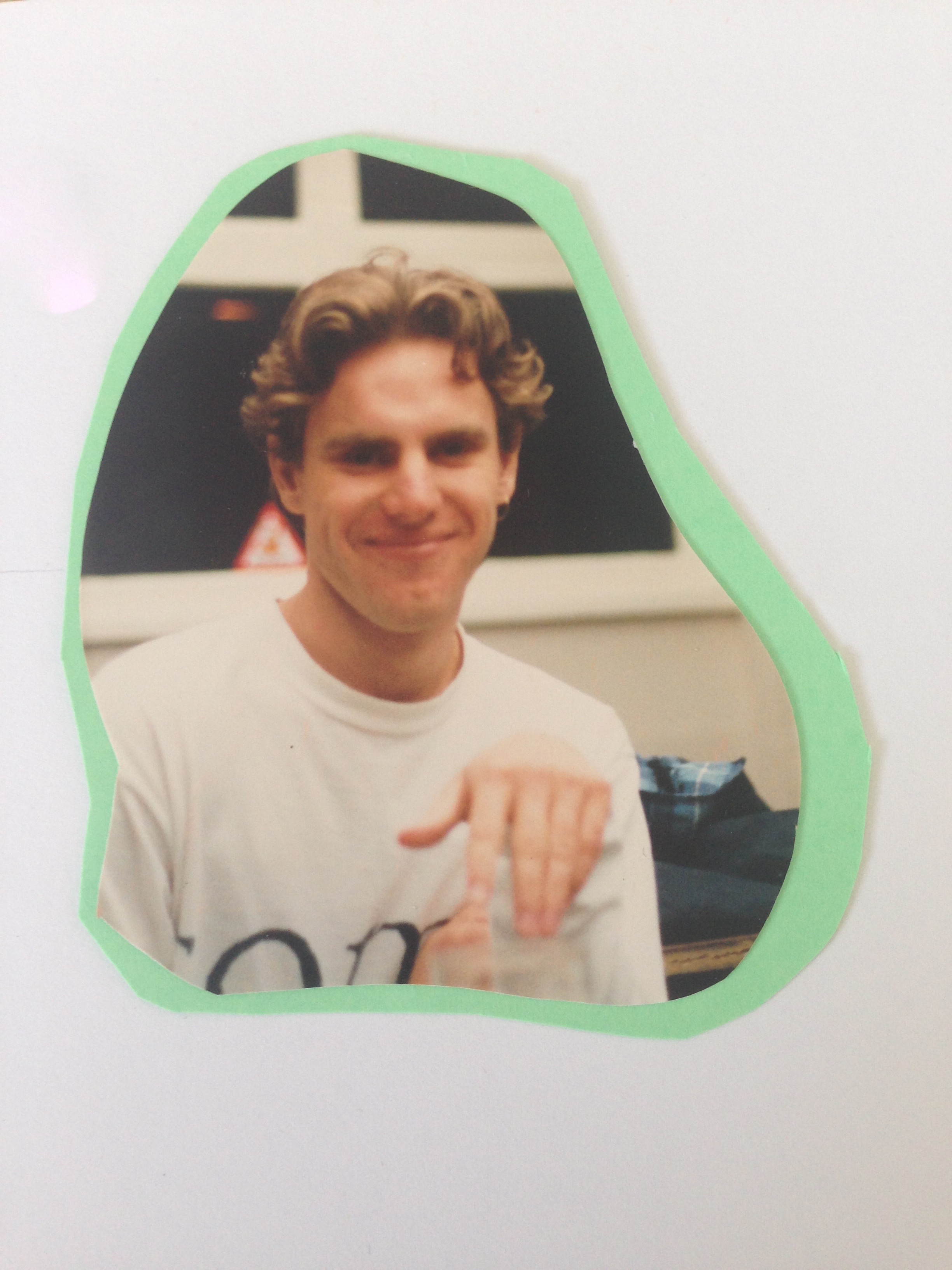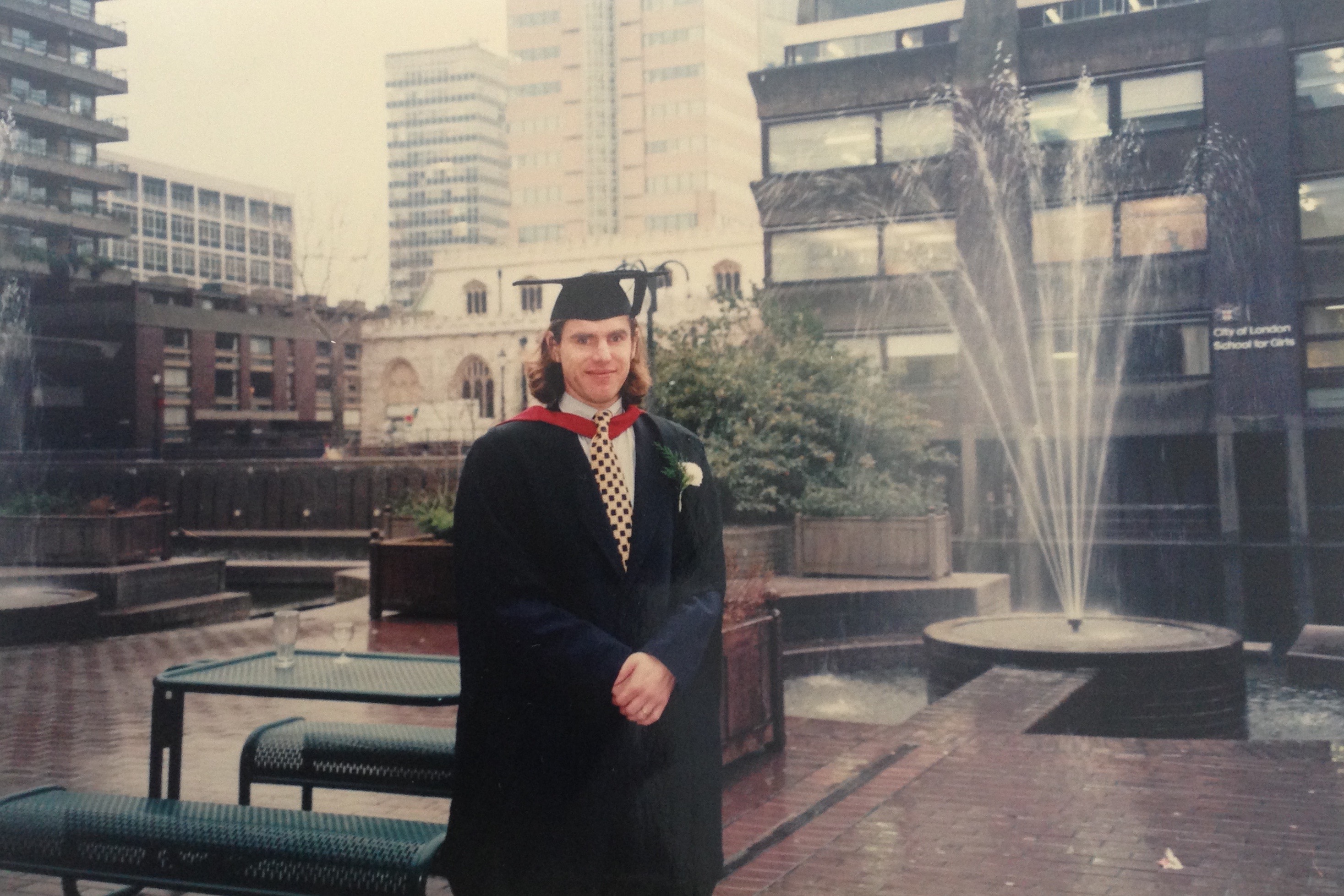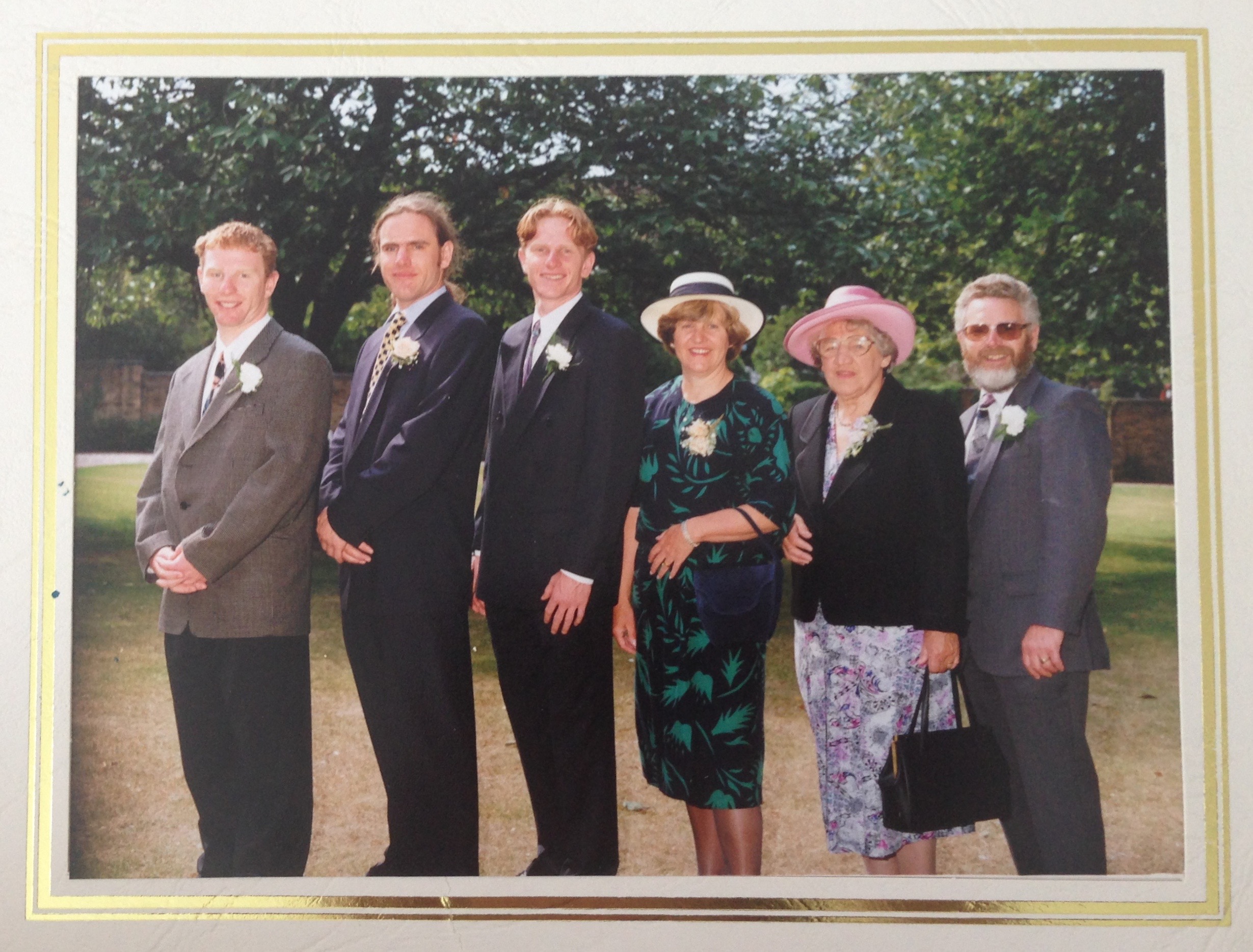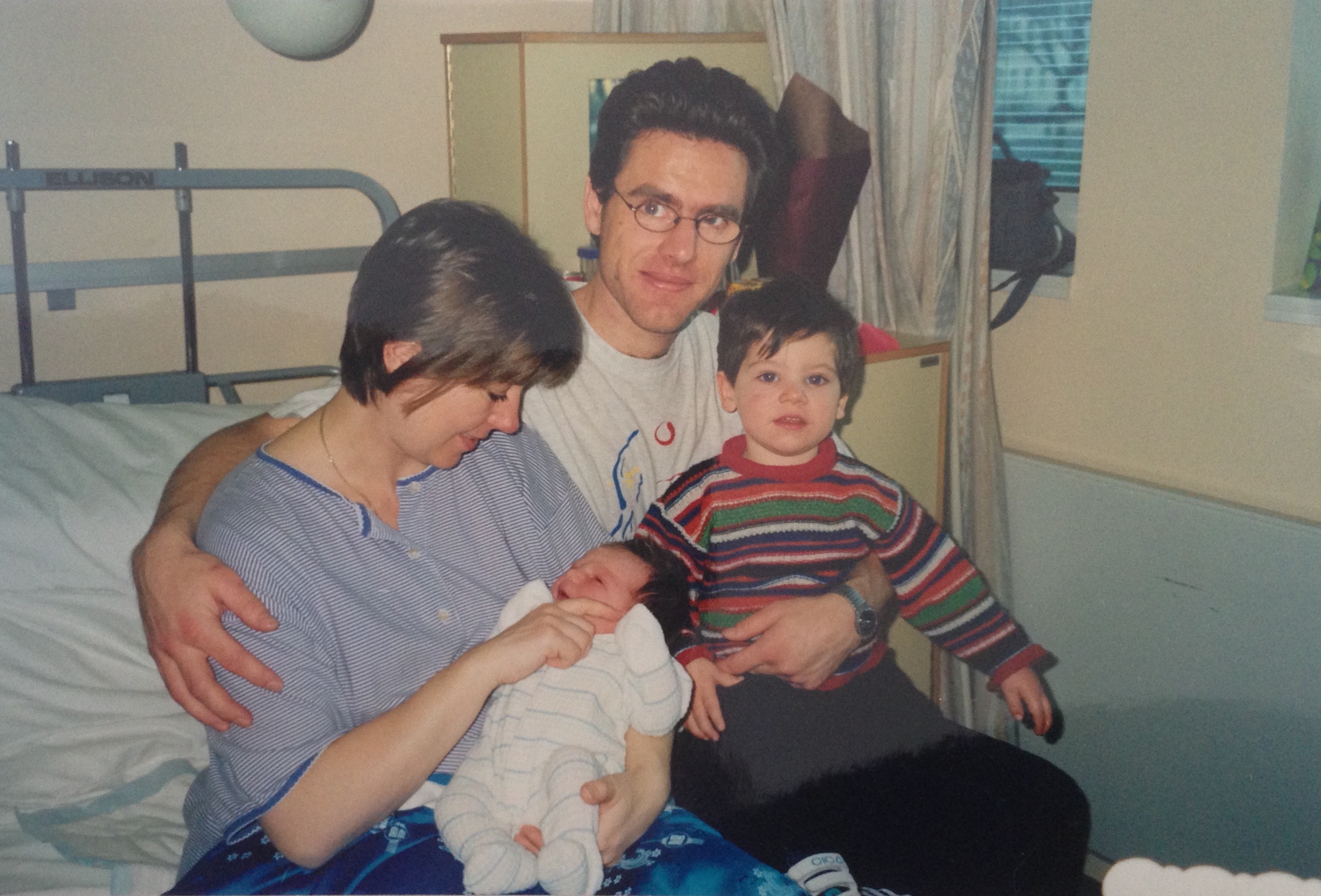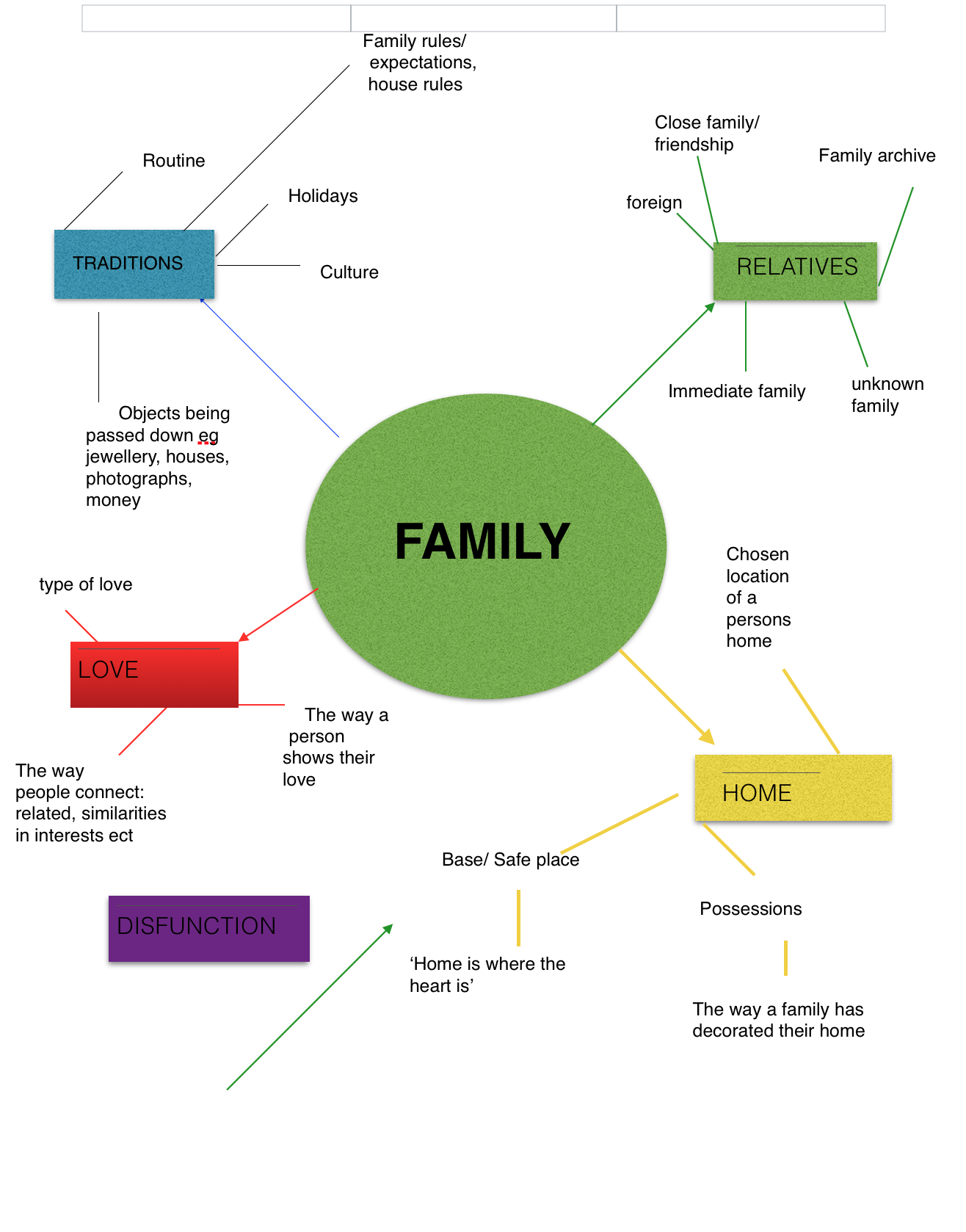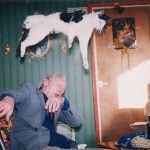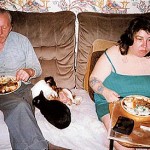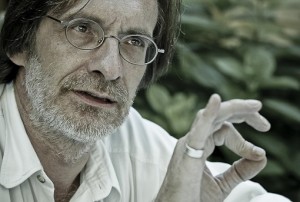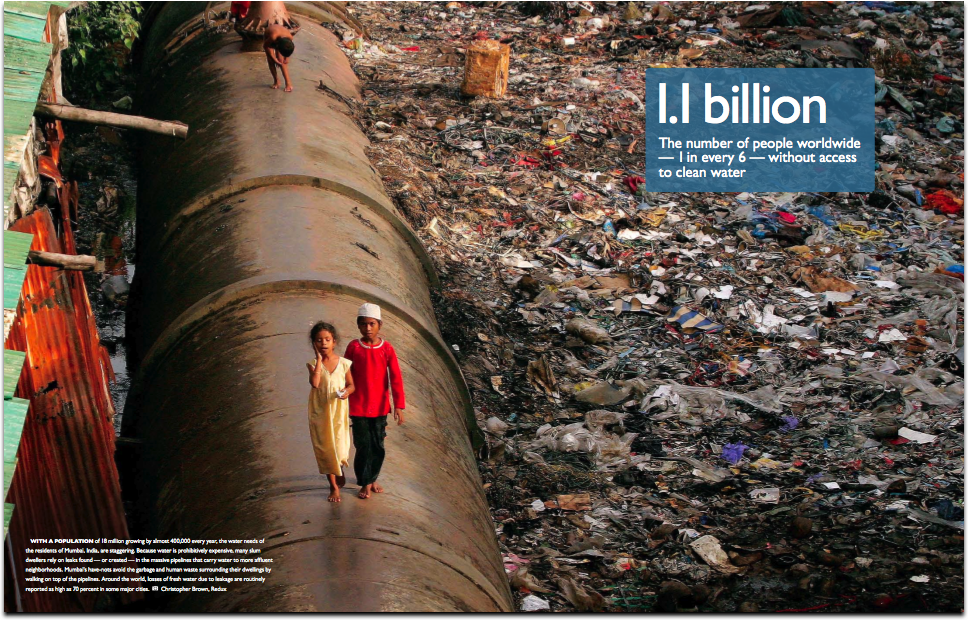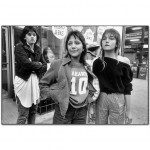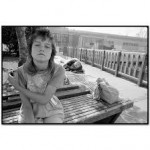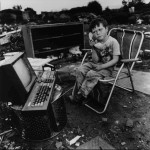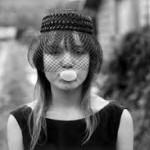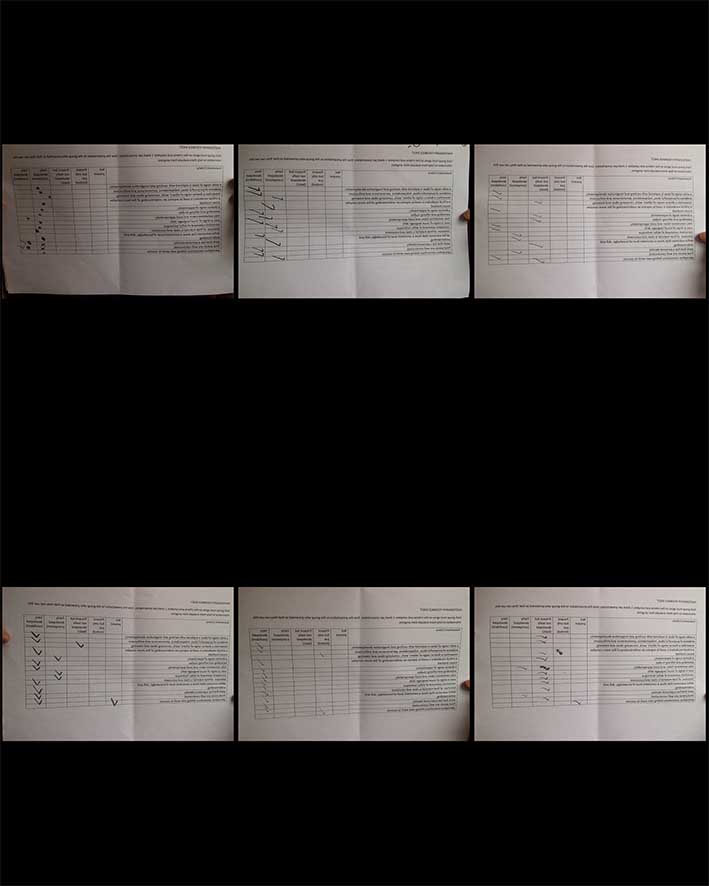Documentary Photography
Documentary photograph is telling a story through the use of photographs, it is a device that have been used for hundreds of years. For example biblical stories being told through Stained Glass windows, tapestries, illustrated manuscripts ext. Documentary photography’s main aim is to show the everyday lives of ordinary people, an example of this would be Martin Parr’s collection of work, ‘The Last Resort’. This is about a seafront in New Brighton. The images taken for this collection do not show a stereo typical sea side with images advertising the holiday resort. But images that show a run down but still very much alive resort.
Street Photography
Street photography is an unbroken tradition stretching back into photography itself. Most street photographs like to take their photographs in populated and prouder urban areas; markets, high streets, subways ext.The father of street photography is considered as Eugene Atget, he was famous for his photographs of the streets of Paris.
Here is some of Eugene’s photographs;
However a more modern street photographer is Eddie Wexler. He wins several competitions with his work.
Social Documentary Photography
Social documentary photography is the recording of humans in their natural condition with a camera, it is a form of documentary photography. Often it also refers to a socially critical genre of photography dedicated to showing the life of underprivileged or disadvantaged people. It has been created to document social problems such as rural poverty. This genre is rooted in the 19th century by people such as Henry Mayhew and Jacob Riis. However a more modern social documentary photographer would be Leslie Alsheimer.
With images, she creates metaphors that honor the richness of life that accompany the enduring human spirit; celebrating life, play, family, culture and community through the joy, pain and love of everyday living.
Here are some of Leslie’s images;
I particularly like Leslie’s images because of the attention she pays to detail. For example all of her photographs are very rich with different textures. There is heavy feel given to the photograph in the bottom by the stormy skies which is very contrasting to the flat, bare floor. This photo has also been constructed with lots of leading lines, leading the eyes to the brick cottage in the centre left of the photograph. I also like that all of Leslies photo’s are in black and white, which magnifies the detail even more.



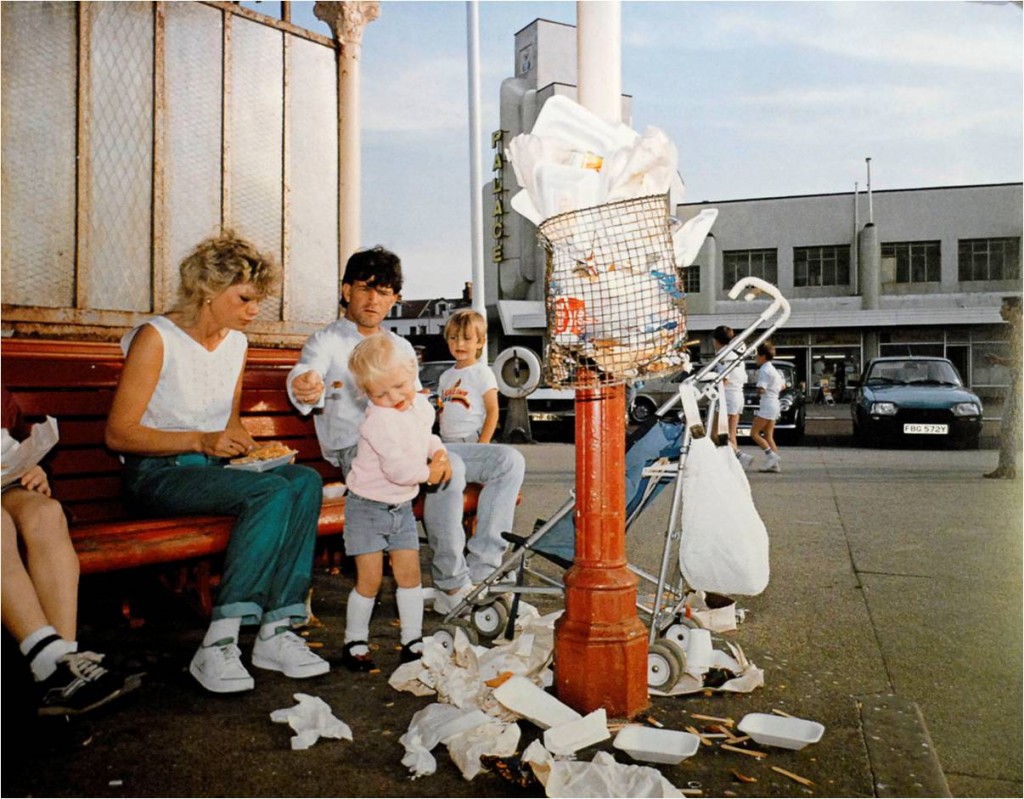























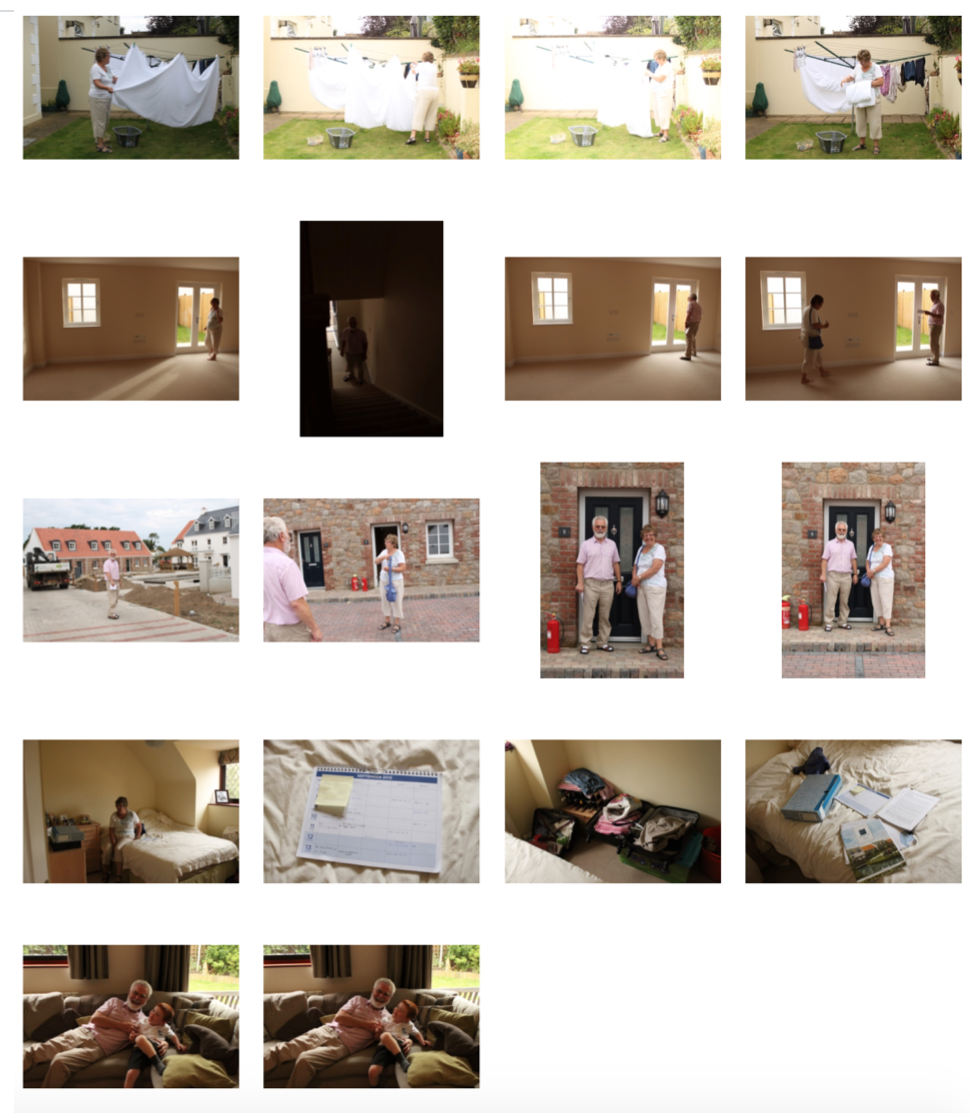

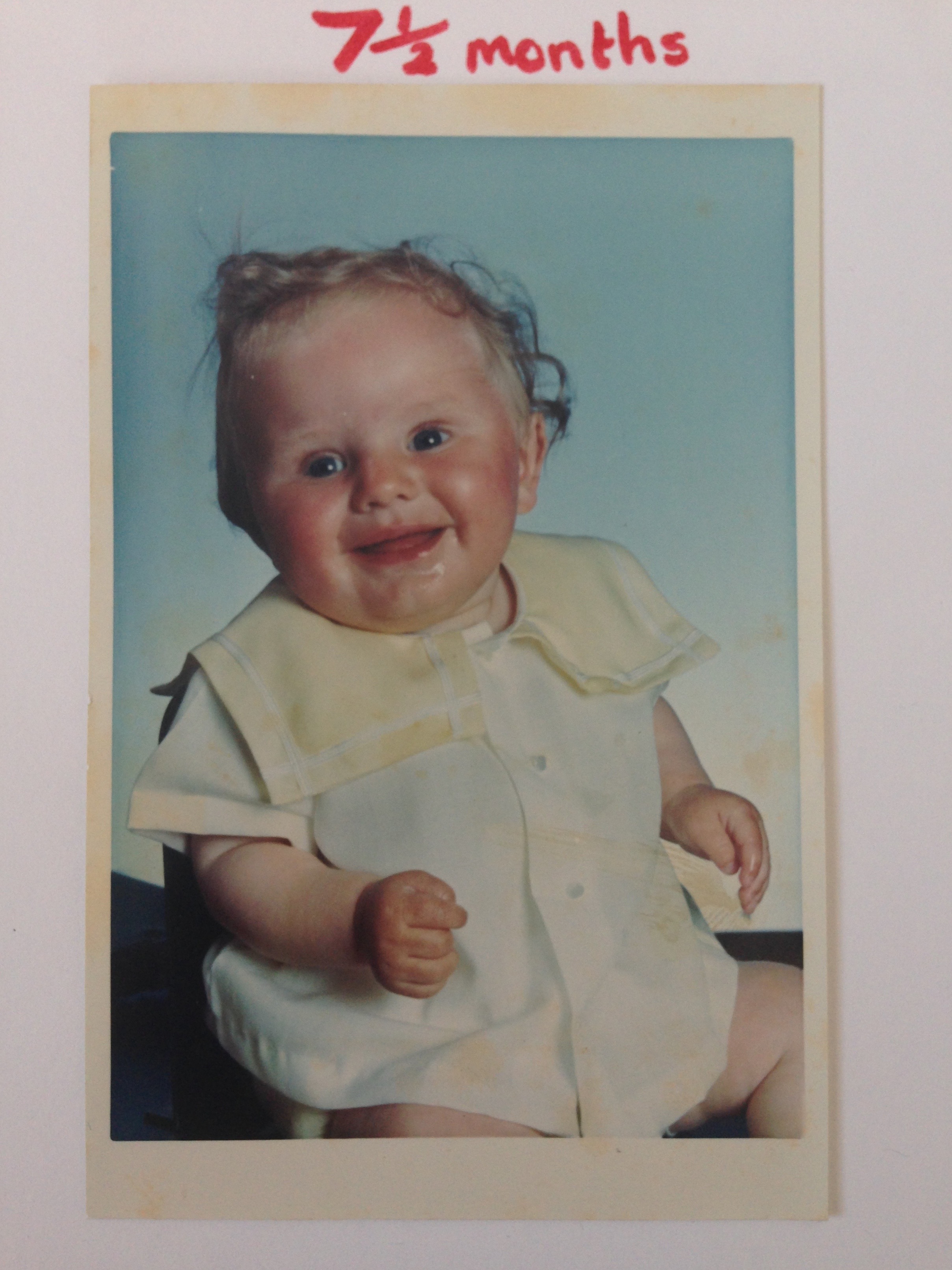
 7 1/2 months old.
7 1/2 months old.